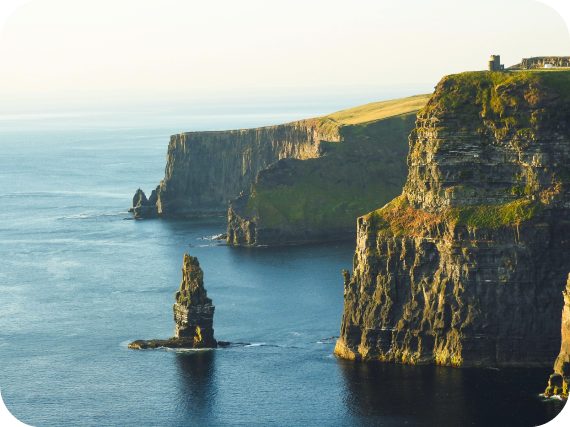A country’s name is much more than just a word on a map — it’s a statement of national history, identity, and pride. Over time, some nations have made the decision to rename or rebrand themselves, reflecting factors such as achieving independence, political changes, and recognizing native languages instead of colonial ones. For example, in 1939, Siam changed its name to Thailand. Many others have followed suit since, even in recent years. Here are seven of the most notable examples since 2000.
Czechia
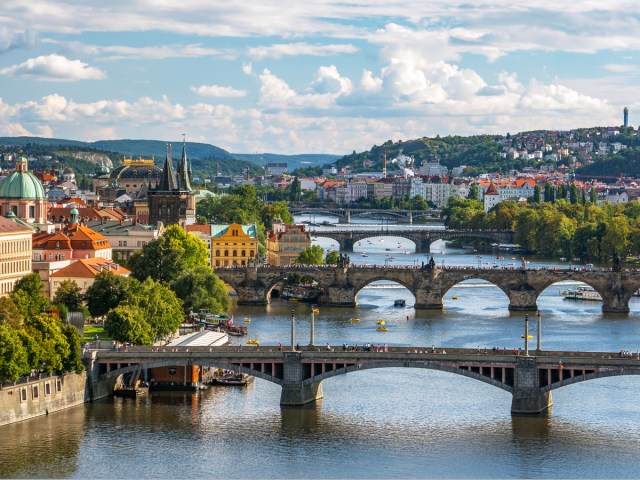
The Czech Republic introduced Czechia as its short-form English name in 2016. The country wanted to simplify its branding for practical, less formal situations, such as for companies and sports teams to use on products and clothing. The long-form name remains in use for diplomacy, government, and legal documents. Czechia’s latest name change followed decades of etymological evolution. The country was historically known by the English name Bohemia before it became part of Czechoslovakia in 1918. Following a peaceful separation from Slovakia, it became the Czech Republic in 1992.
Landlocked in central Europe, Czechia is most famous for its capital, Prague, the “City of a Hundred Spires.” Romanesque, Baroque, and Art Nouveau landmarks decorate the city’s squares and hillsides on the banks of the Charles River. Away from the capital, riverside spas await in Karlovy Vary, while wine lovers flock to the bodegas of South Moravia.
Timor-Leste
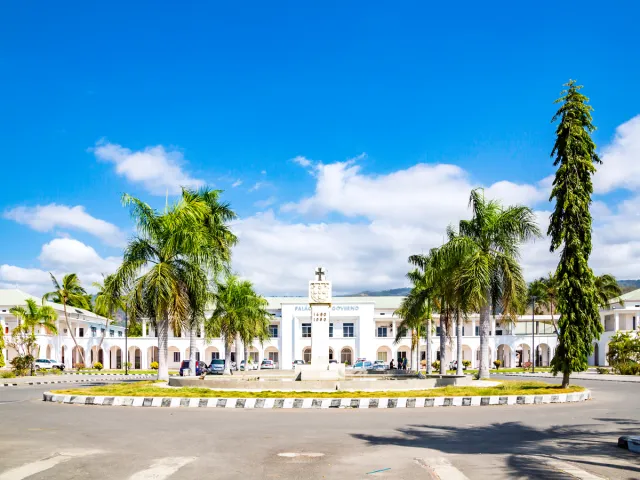
When East Timor gained independence from Indonesia in May 2002, it adopted its Portuguese name, Timor-Leste (officially the Democratic Republic of Timor-Leste). The decision reflected the country’s linguistic and cultural links to Portugal, while also establishing a unique postcolonial identity. Before Indonesian rule, Timor-Leste had declared independence from Portugal in 1975.
Occupying the eastern portion of the island of Timor between the Indian and Pacific oceans, Timor-Leste is one of the least-visited countries in Southeast Asia. The tourists who make it here can discover a veritable off-the-beaten-path destination, where rugged mountain roads lead to white-sand beaches and pristine coral reefs. In the coastal capital of Dili, the Cristo Rei de Dili statue looms over the city from a hilltop. Meanwhile, tropical paradises await on Jaco Island, and Nino Konis Santana National Park is home to over 200 bird species.
Cabo Verde

In 1444, Portuguese explorers landed at Cap-Vert, a peninsula on the westernmost point of Africa. They named it Cabo Verde, meaning “Green Cape,” and later established rule over the islands west of the peninsula. Centuries later, this archipelagic state anglicized part of its name to become Cape Verde. However, in 2013, the government declared that, going forward, the Portuguese name would be its official one. The reason was to create a unique global identity for both diplomatic and tourism purposes and to preserve the islands’ Portuguese heritage.
Cabo Verde comprises 10 volcanic islands situated around 300 miles off the coast of Senegal in West Africa. They offer a mix of mountain hiking adventures, sun-drenched beach life, water sports, and an enriching arts scene. For example, you can float in the saline waters of the Pedra de Lume salt crater on Sal or escape to the remote beaches of Boa Vista. And every February or March, the São Vicente Carnival brings parades and parties to the streets of Mindelo, located on the island of São Vicente.
eSwatini
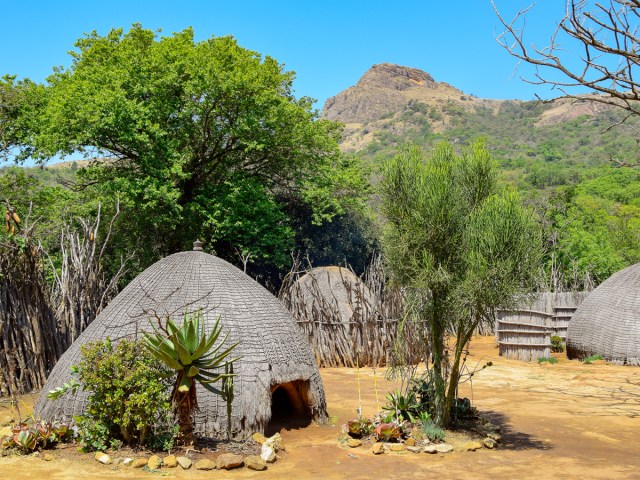
In April 2018, King Mswati III declared that he would be changing the name of Swaziland to eSwatini (officially the Kingdom of eSwatini). The announcement came during celebrations for the country’s 50th anniversary of independence (and the king’s 50th birthday). As an absolute monarch, Mswati III is one of few people in the world with the power to change a country name unopposed. One of his main motivations was to lessen confusion with the name of Switzerland.
Smaller than the state of New Jersey, this landlocked country between eastern South Africa and Mozambique packs a lot into its diminutive size. White and black rhinos roam freely in Mikhaya Game Reserve, and Mlilwane Wildlife Sanctuary provides habitats for hundreds of bird species. In the northwest, the granite Sibebe Rock is Africa’s largest rock and the world’s second-largest monolith, behind Australia’s Uluru.
North Macedonia
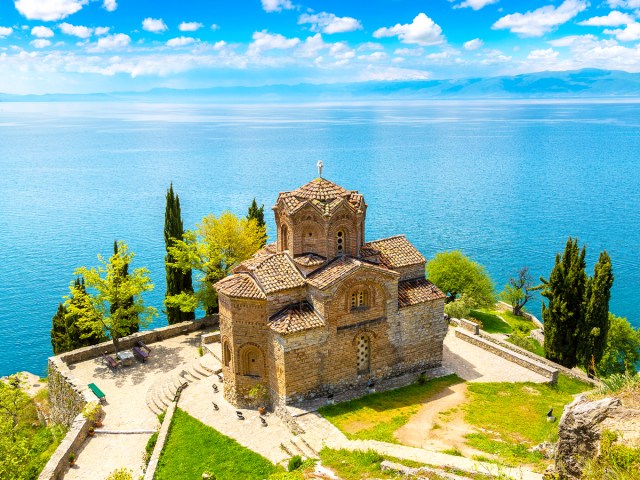
After the breakup of Yugoslavia in 1991, the territory of Macedonia declared itself the independent Republic of Macedonia. However, this created a long-standing dispute with Greece, as both countries laid claim to part of the historical region of Macedonia. Since Greece already referred to its northern regions as Macedonia, it argued that the new independent country’s name shouldn’t be used without a geographical identifier to differentiate it. Finally, in 2018, the countries signed the Prespa Accord, and North Macedonia (officially the Republic of North Macedonia) was born.
Landlocked North Macedonia serves up a mix of Balkan heritage alongside Byzantine monasteries and Ottoman-era towns. In Skopje, the winding lanes of the Old Bazaar buzz with artisan stores, cafés, and mosques. Lake Ohrid, shared with Albania, is a UNESCO-protected natural wonder with ancient churches overlooking sandy beaches and crystalline waters. For thrill seekers, Canyon Matka delivers kayaking adventures in the shadow of dramatic cliffs and caves.
The Netherlands
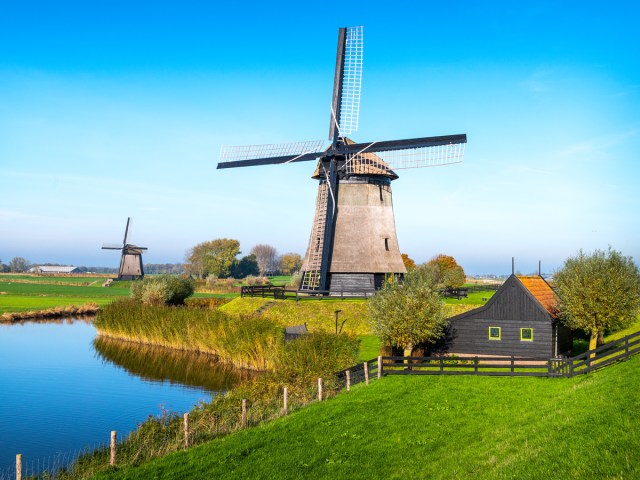
The names Holland and the Netherlands have been used interchangeably for centuries, but many people don’t know the difference between the two. Holland is technically the name of a region, made up of the provinces of North Holland and South Holland. Their cultural and economic importance led to the name becoming synonymous with the country as a whole. The official tourism website also uses the name Holland; however, the government decided in 2020 to officially rebrand to the Netherlands, thus recognizing all 12 provinces.
Stretching along the Netherlands’ northwestern North Sea coastline, North and South Holland have long played a vital role in the country’s maritime trade. North Holland is home to Amsterdam, famed for its golden age canals and a port once anchored by the Dutch East India Company. In South Holland, you’ll find the bustling port city of Rotterdam and U.N. headquarters at The Hague. Elsewhere in the Netherlands, the West Frisian Islands feature picturesque windswept beaches, while the illuminated Roosegaarde Cycle Path pays homage to Van Gogh’s “Starry Night.”
Türkiye

Previously part of the Ottoman Empire beginning in 1299, the modern republic of Turkey was established in 1923. However, in 2022, the government adopted a rebrand. Officials in Ankara sent notification to the U.N. requesting to be referred to as Türkiye, its official name in Turkish, instead of the common English name Turkey. It was a move to dissociate the country from the bird synonymous with Christmas and Thanksgiving dinners; President Recep Tayyip Erdoğan also stated that the name better represents Turkish culture.
The country isn’t the first Turkish place name to be changed, either. Before officially becoming Istanbul in 1930, the city was known as Byzantion and Constantinople. One of its most iconic landmarks, the Hagia Sophia, has also witnessed significant changes. It started life as a church before becoming a mosque, a museum, and later a mosque again. And on the Aegean coast, Izmir, which once went by Smyrna, boasts beaches and bazaars alongside its fascinating mix of Hellenic, Roman, and Ottoman heritage.
More from our network
Daily Passport is part of Inbox Studio, which publishes content that uplifts, informs, and inspires.


